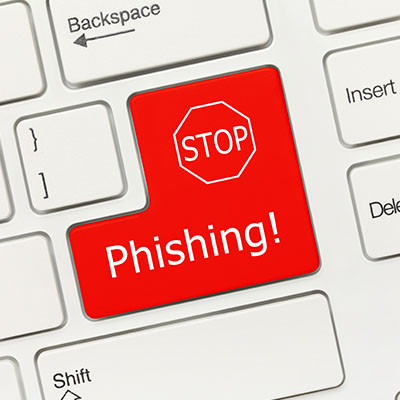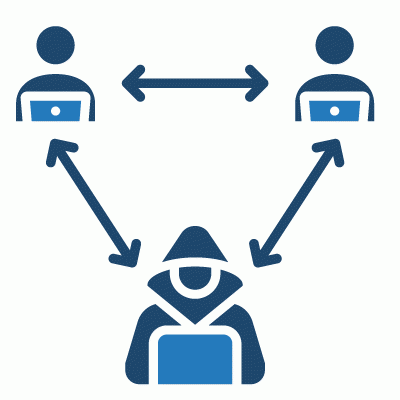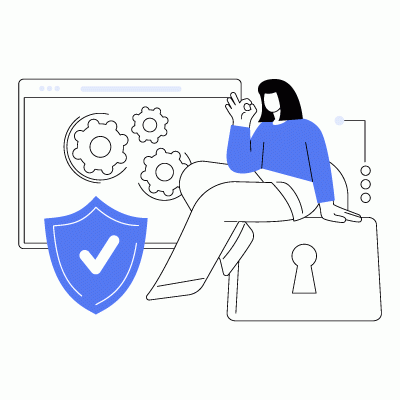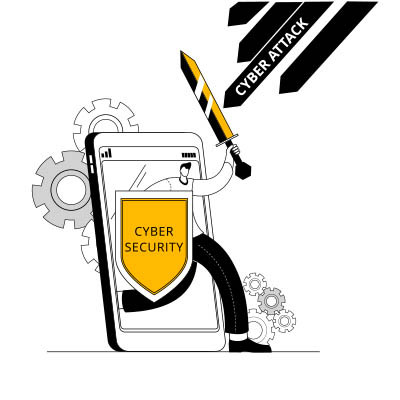Cyberattacks will not let up anytime soon, so businesses need to be prepared with the knowledge and expertise to combat them. Unfortunately, finding the right folks with the right expertise is hard. According to a report from Kaspersky titled “The Portrait of Modern Information Security Professional,” the world is short about 4 million security professionals, and even the existing professionals make grave errors in their first couple of years. Let’s take a look at some of these insights and see what we can learn from them.
Washington Works Blog
Passwords are the most used account security apparatus. As such, it’s essential that everyone connected to your organization has your overall cybersecurity in mind and knows exactly how to secure the accounts they use. In today’s blog, we’ll look at some common passwords that don’t accomplish their stated purpose very well and how to change that.
Cybersecurity covers a broad range of risks and threats. You’ve got the basics like your computer viruses and malware, to the business-crippling ransomware and data breaches. You have threats that cause stress and downtime, and others that steal information and money, and others still that don’t even have clear understandable objectives. The point is, cybersecurity isn’t simple, but sometimes the threat actors and cybercriminals who target you will use low-tech methods to get what they want.
Technology is integral to modern business, making proficiency in necessary tools a must for today’s workforce. However, the complexity of these technologies can create vulnerabilities as malicious actors continually seek ways to infiltrate systems, steal data, and siphon funds.
Password management can be challenging for both businesses and individuals, but it doesn't have to be as difficult as it seems. With the increasing threat of cybersecurity attacks, relying on a single password is no longer sufficient. Instead, you need to use complex passwords stored in a password manager, which simplifies the process of remembering them.
We talk a lot about phishing on this blog, and for good reason. It makes up a significant portion of today’s cyberthreats, irrespective of size or industry. Today, we want to highlight how your business can protect itself from phishing attacks and keep their impacts to a minimum. We’ll dive into some details about phishing schemes and the solutions you can implement to keep your business safe.
Ransomware is not just a business problem; it is also a consumer and user problem. While it might lock down your business’ files and make them inaccessible, there is also the possibility that the cybercriminals will steal and sell the data on the black market rather than safely return it. What happens to users who have had their data stolen during a ransomware attack?
If your organization is fortunate enough to have an internal IT department, it’s likely that they are managing a complex infrastructure on top of being understaffed and overworked. We're not knocking your business or anything; it’s just the nature of the work and the reality of SMBs (trust us, we’d know). We can make managing your technology significantly easier and less of a pressure on your IT workers.
Today, cybersecurity responsibility extends beyond the IT department; it's now everyone's concern. Experiencing a hack can be deeply unsettling, leaving you feeling vulnerable and uncertain about what steps to take next. This short guide aims to assist you by outlining the necessary actions to take post-hack, along with practical cybersecurity advice and measures to help you strengthen your defenses. Let's transform this stressful situation into an opportunity to learn and fortify your cyber resilience.
Cybersecurity attacks happen when you least expect it, and data is often more susceptible to a cyberattack while it’s moving from one individual to another. This is what is commonly known as a man-in-the-middle attack, or MitM. Essentially, data gets intercepted while it’s in transit—but what can you really do to stop it? Let’s find out.
The second you hear “audit,” your brain likely goes into damage control mode. However, the purposes of an audit are not necessarily malicious. In fact, they can be remarkably beneficial for a number of reasons, including network security. A good audit can help your business stay secure from threats and vulnerabilities.
Every year, there seems to be a notable increase in high-profile ransomware attacks. If you haven't yet devised a plan to shield your business from these dangers, the time to act is now. Luckily, there are proactive steps you can take to reduce the impact of ransomware attacks, and it all starts with preparation.
The misconception that small businesses are immune to cyberthreats is dangerous. In reality, their size and often lax security measures make them attractive targets. The cost of a cyber incident can be devastating for small and medium-sized businesses. It can lead to downtime, reputation damage, and significant financial loss.
Software plays a crucial role in every business, regardless of its nature. Whether you rely on a CRM system, a point-of-sale solution, or more intricate software profiles, understanding key aspects of modern software is essential for maximizing its potential. Here are three vital insights into modern software.
We all know that it’s important to protect your business’ infrastructure from threats of all kinds. Sometimes when we’re reading about discourse surrounding network security, you’ll see the word “endpoint.” Do you know how important it is to protect all endpoints? That’s what we want to explore with today’s article.


















